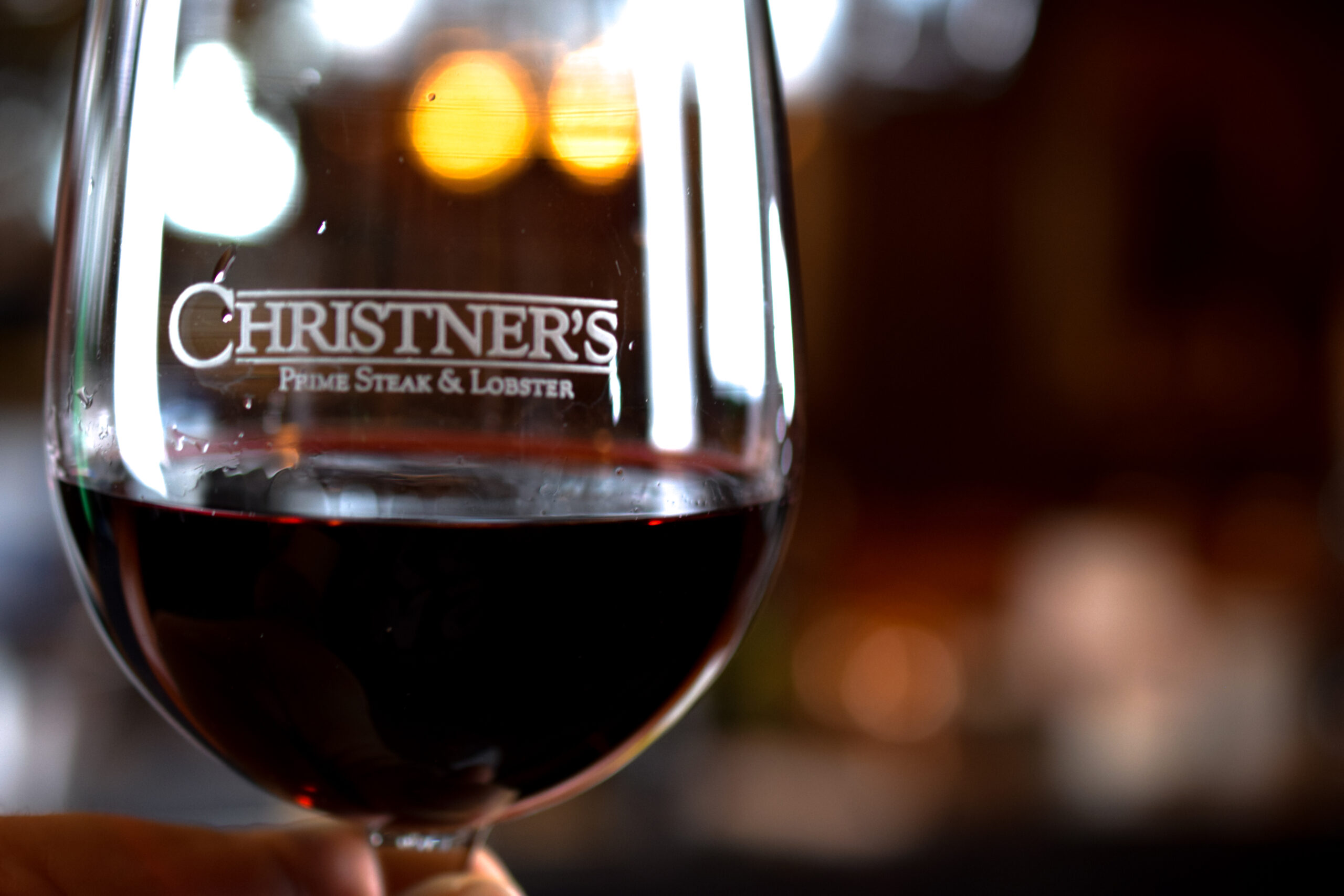What Is Wine Terroir?
Jul 10, 2023

While terroir is commonly used in the wine world, it can also be difficult to understand. The word comes from the French word for land, but it means much more than that when used to describe wine. Terroir refers to how the region in which the wine is produced impacts the taste of the wine.
What Does Terroir Mean?
Wines that are more impacted by regional factors are described as having more terroir than others. Decades ago, terroir tended to describe Old World wines with more earthy notes. In more recent years, the word has expanded in use to refer to any wine from a specific wine region.

What Does It Means if a Wine Has More Terroir?
If a wine is considered to have more terroir, it is more affected by the particular terroir factors unique to its place of origin. The climate, soil, terrain, and traditional methods of production may have a stronger influence on the wine and how it tastes.
What Are the Traits of Terroir?
There are four primary terroir traits that can impact the taste of your wine:
Factor #1
Climate of the Wine Region
Wine regions are divided into two categories when it comes to climate: warm and cool.
Warm Climate
Wine grapes that grow in a warmer climate tend to generate more sugar. This means that wines made from these grapes will typically have a higher alcohol content.
Cool Climate
By contrast, wine grapes grown in a cooler climate generally retain more acidity than those grown in a warm climate.
Factor #2
Type of Soil
While there are hundreds of possible types of soil that can be used to grow wine grapes, they can be divided into the following categories in terms of how they affect the taste of the wine.
Sandy
Sandy soil drains and retains heat well and can occur in either warm or cool climates. In a warm climate, sandy soil can result in a softer wine with lower acidity, color, and tannins. In a cooler climate, it can produce wines that are highly aromatic. Sandy soil is also more pest-resistant, allowing for more organic wines.
Clay
Clay soil is generally cooler and retains water, which results in bolder wines, both red and white. These wines are muscular and tend to have higher color and extract.
Silt
Silt soils typically retain both water and heat. This is a more difficult type of soil for grapes to grow in because the fine grains of the silt make it difficult for roots to take hold. Wines that are made in regions with silty soil tend to be smooth and round with lower levels of acidity.
Loam
Loam is a mixed type of soil that includes sand, clay, silt, and humus. Because this type of soil is so fertile, vineyards can be overly vigorous, which results in wines that are lower in both flavor and color. Loam regions can still produce delicious wines with blended soils or with rigorous pruning.
Limestone
Limestone is a special type of soil for wine grape growing because it has nutrients that can make a wine sweeter. Limestone is also versatile in that in warmer weather it retains water but also drains well in cooler weather. This soil type is often deficient in iron, which means that fertilization may be needed more frequently.
Other Types of Soil
Other types of soil used in growing wine grapes can include:
Factor #3
Terrain Type
Terrain refers to the contours of the land, such as slope, altitude, proximity to water, and more. The following terrain factors can have an impact on the wine produced in a region.
Slope of the Land
Most wine-growing regions have grapes growing on gentle slopes, although some vineyards are on steeper slopes. The steepness of the slope as well as the direction of the slope can impact the amount of sun the grapevines receive during the growing season. Additionally, a slope can help to prevent frosts by sending the cooler air down to the bottom of the slope as the warmer air rises.
Altitude
The altitude of the land can have an effect on the temperature at which the grapes are grown. In warmer climates, a higher elevation can help to reduce the temperature so that it’s not too hot for optimal grape growth.
Proximity to Water
Being near a large body of water can also affect the temperature. A vineyard close to the ocean is more likely to be cooler and windier than one that is not. This can be helpful in a warm climate to protect grapes from strong sunshine.
Factor #4
Tradition
The final factor of terroir is the human factor. In older wine-producing regions, there are wine-making traditions going back centuries that can impact the wine. Ancient wine production methods are typically dependent on the region, as vintners learned over time the best methods for making wine with the particular soil, terrain, and climate of their land. This can result in a unique wine that won’t be found anywhere else in the world.

How To Sample Wine With Terroir
If you’re interested in trying wine with a strong terroir, stop by Christner’s Steakhouse and speak with our in-house sommelier for wine recommendations or to learn more about wine-tasting. You can also attend one of our regular wine events, such as the upcoming Orin Swift Cellars Pairing Dinner.
For informational purposes only.

